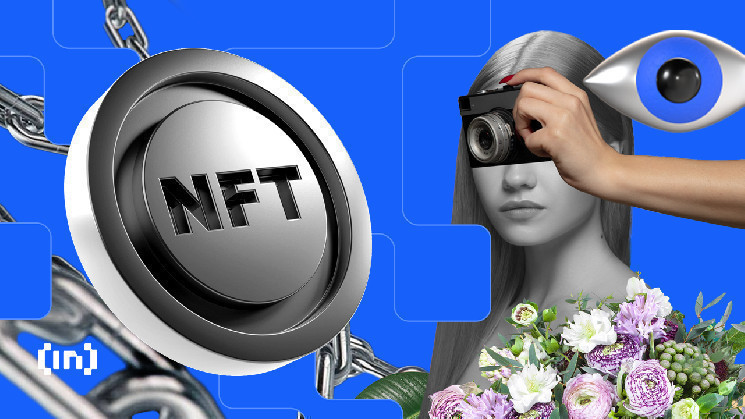The Bitcoin NFT platform Inscriptions has triggered a debate on the appropriate use cases of Bitcoin blockspace.
The creation of Ethereum opened many doors for blockchain utilities like smart contracts, DeFi, and the Non-Fungible Token (NFT). It is appropriate to say that Ethereum shaped the Web3 ecosystem as we know it today.
However, no other blockchain matches Bitcoin’s decentralization, immutability, and security. Hence, the developers have been working on solving the riddle to bring Ethereum-like utilities to Bitcoin.
Inscriptions – NFTs on Bitcoin
Casey Rodarmor, a Bitcoin developer, recently introduced Inscriptions, the NFTs on Bitcoin. He describes them as “digital artifacts native to the Bitcoin blockchain.”
Inscriptions are produced by inscribing Satoshis (the smallest denomination of Bitcoin) with the content for digital artifacts using Ordinal theory. The content on Inscription transactions can image, text, SVG, or HTML.
Casey Rodarmor explains: “When mined, the inscription is made on the first sat of the first output of the transaction, permanently and inexorably marking it, distinguishing it from its fellows. It is no longer just a sat, it is an intertwined component of the long and confusing tale that is human art and culture.”
Community Debates Bitcoin NFTs
The discussion around Bitcoin NFTs has picked up pace among community members after the Inscriptions announcement. Kix.eth, the CEO of Crypto Raiders, an NFT-based game on Polygon, believes that Bitcoin holders will fall in love with BTC NFTs.
The community is divided on opinion as the NFTs will be stored on the main Bitcoin chain instead of any sidechains. Dan Held, the Bitcoin educator, believes that Bitcoin NFTs are good for the ecosystem as they drive more demand for blockspace.
However, other Bitcoin enthusiasts believe that Inscriptions are equivalent to spamming the Bitcoin blockspace. Adam Back, the co-founder of a blockchain technology company, Blockstream, is also unhappy with Inscriptions’ use of blockspace. He says that they are a “sheer waste of encoding.”
 beincrypto.com
beincrypto.com
